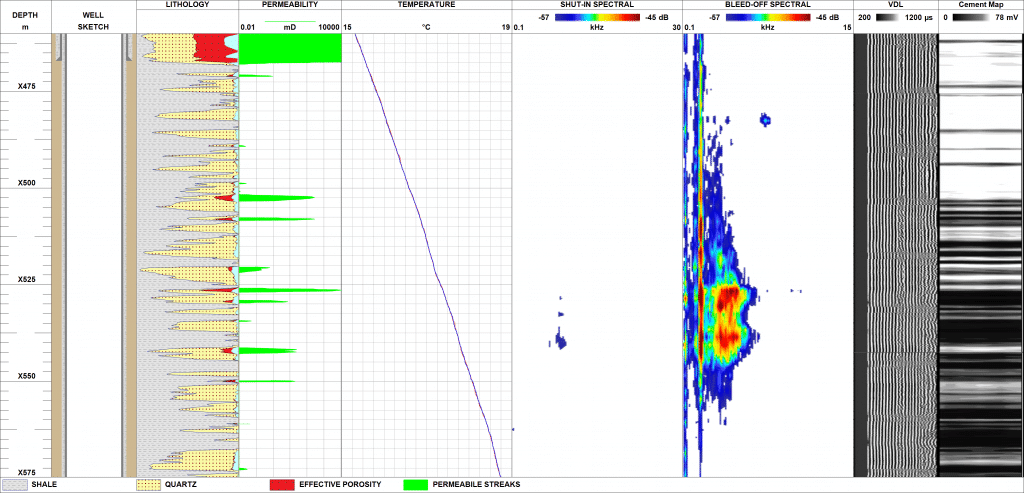Another major challenge to Middle East well system integrity is that of SAP – pressure in any well annulus that rebuilds when bled down.
Reasons for SAP can vary but are often due to weaknesses in the cement during completion; cement degradation due to thermal and pressure loading; leaking tubing connections or wellhead seals; and corrosion. According to a 2013 SPE webinar on wellbore integrity [Paul Hopmans], out of ~1.8 million wells worldwide, a staggering 35% have SAP, with many Middle East fields facing varying levels.
Wells with SAP need to be carefully managed and production can be adversely affected or halted. SAP can also cause further damage to the well system, potentially resulting in the failure of the production casing or outer casing strings, and well blowouts.
While many operators are addressing SAP through new well designs and barriers, and better quality control over cementing – with existing wells they are having to rely on surface data – fluid sampling and bleed-off/build-up data, for example – to investigate the problem downhole.
There is also the challenge of being able to locate leaks and unwanted flowpaths behind multiple barriers, not clearly seen by conventional temperature and ordinary noise logs.
TGT’s spectral diagnostics technology locates leaks and flowpaths throughout the well system by tracking fluid movement behind pipes within several casing strings.
Spectral diagnostics utilise high-fidelity downhole sound recording systems to capture the frequency and amplitude of acoustic energy generated by liquids or gas moving through integrity breaches and restrictions such as cement channels, faulty seals and casing leaks. When coupled with surface data, the information can narrow down the range of remedial options available, and target leak repairs.
Spectral diagnostics include fast, high-precision temperature measurements to locate integrity breaches throughout the well system. High-precision temperature sensors respond more quickly than conventional sensors to the localised thermal changes caused by integrity failures, complementing acoustic measurements by providing a visual confirmation of leaks and flowpaths.
While conventional production logging measurements typically assess only high-rate first-barrier failures – the high-fidelity recording, sensitivity and clarity of spectral diagnostics enables the tracking of even low-rate leaks at very early stages behind multiple barriers, enabling timely intervention and prolonging well life.
In the following example [figure 2], a water injector well experienced sustained B-annulus pressure, although the build-up rate did not exceed one bar a day – indicating a low-rate leak.
A cement bond survey indicated good cement bonding below X500m, and poor bonding above. Poor cement bonding is likely to provide flowpaths for fluid movement behind casing. Unfortunately, cement bond log indications of ‘good bonding’ don’t guarantee annulus integrity. Flowpaths can exist that remain unnoticed by the cement bond log.
A survey utilising TGT’s spectral diagnostics system was conducted and revealed fluid flow from the reservoir around X540m and channelling up the annulus through the ‘good bonding’ area.
The frequency spectrum pattern correlated with reservoir permeability and fluid-type profiles, suggesting gas being produced from these formations. The operator used the information to target a cement squeeze operation at the desired location in the well – restoring B-annulus integrity and eliminating the SAP.
